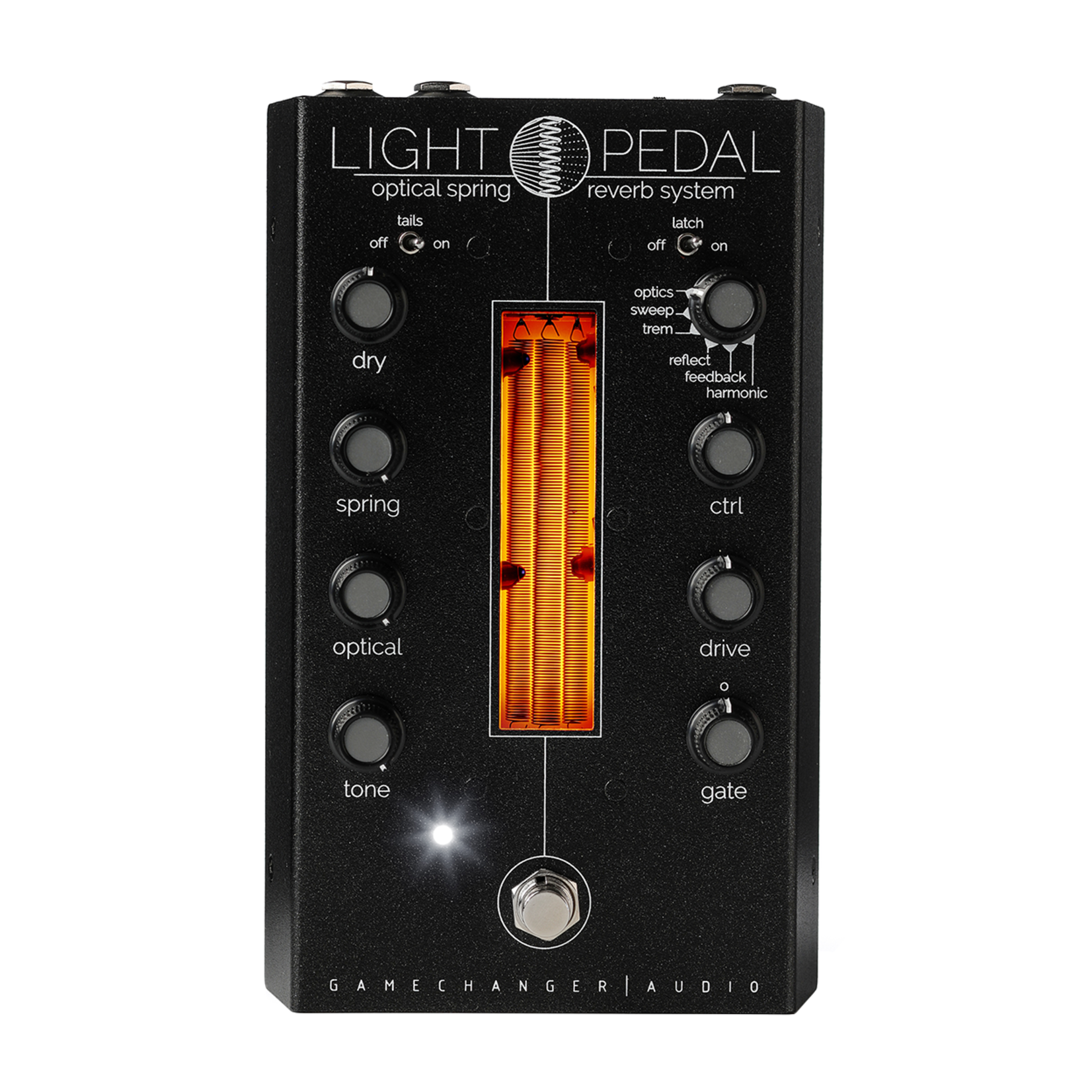Store Hours : Monday-Saturday 10am-5pm EST | Phone : (910) 799-9310
- Electric Guitars
- Acoustic Guitars
- Bass Guitars
- Custom Builds
- Synthesizers
- Drums
-
Effects Pedals
- All Effects Pedals
- Aguilar
- Boss
- Catalinbread
- Darkglass Electronics
- Death By Audio
- Digitech
- EarthQuaker Devices
- Electro Harmonix
- Friedman
- Fuzzrocious
- Fulltone
- Gamechanger Audio
- Ibanez
- J Rockett
- JHS Pedals
- Keeley
- Line 6
- Maxon
- MXR / Dunlop
- Neural DSP
- Positive Grid
- Revv
- Strymon
- TC Electronic
- Vox
- Walrus Audio
- Wampler
- Warm Audio
- Way Huge
- Xotic Effects
- Universal Audio
- Used
- Amps











